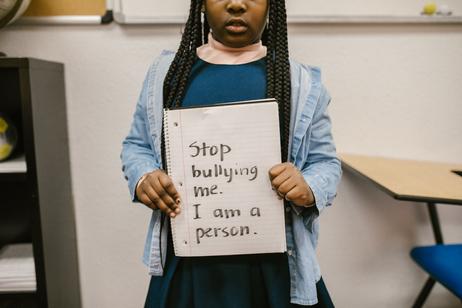Bullying has been a problem in schools for generations, but the easy access to students granted by the internet and cell phones has broadened the problem exponentially. Case in point: 15-year old Phoebe Prince committed suicide in January of this year because classmates bullied her in person, through social networking sites like Facebook, and with threatening texts sent to her cell phone.
The opportunity for cyber-bullying and traditional bullying may be getting larger, but the public outcry is also increasing as the media is bringing more of these high profile cases to attention.
The U.S. Department of Education responded to the bullying problem this year by hosting the first ever anti-bullying summit in Washington D.C. this month. According to a report at , the goal of the summit was to "engage governmental and non-governmental partners in crafting a national strategy to reduce and end bullying." The summit was headed by Education Secretary Arne Duncan and attended by many professional educators who want to put a stop to this destructive behavior once and for all.
This brief video from the Mormon Channel illustrates bullying in clear terms.
How Prevalent is Bullying?
In opening remarks at the summit, as reported by the , Duncan presented some of the following statistics:
- Just three years ago, nearly one in every three middle and high school students said they were bullied

































